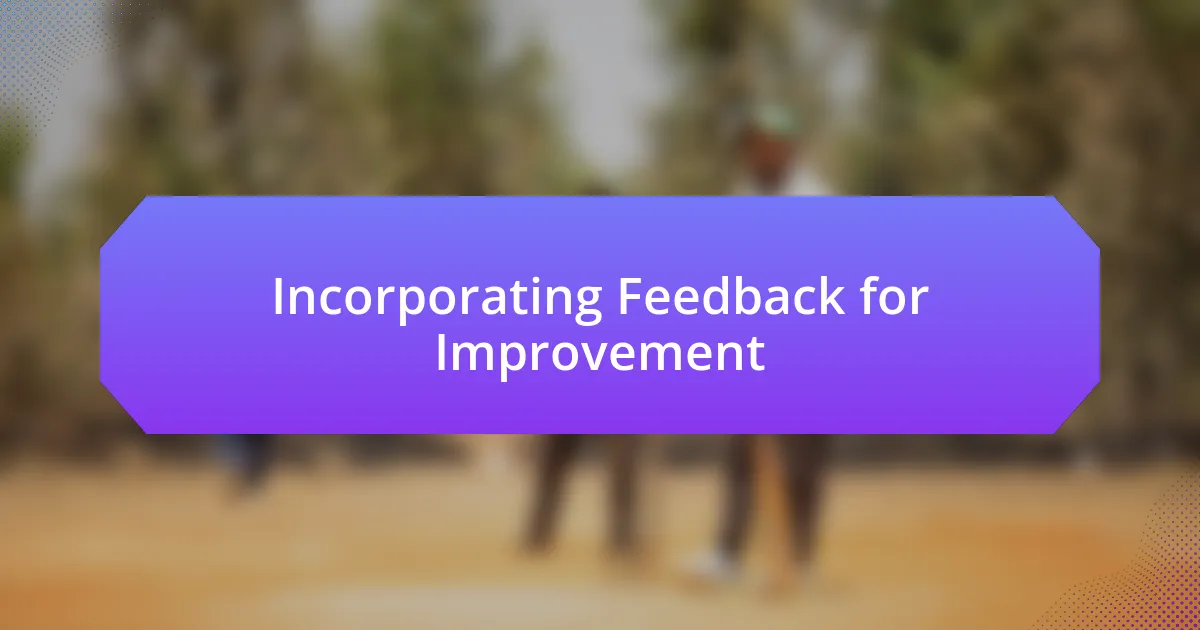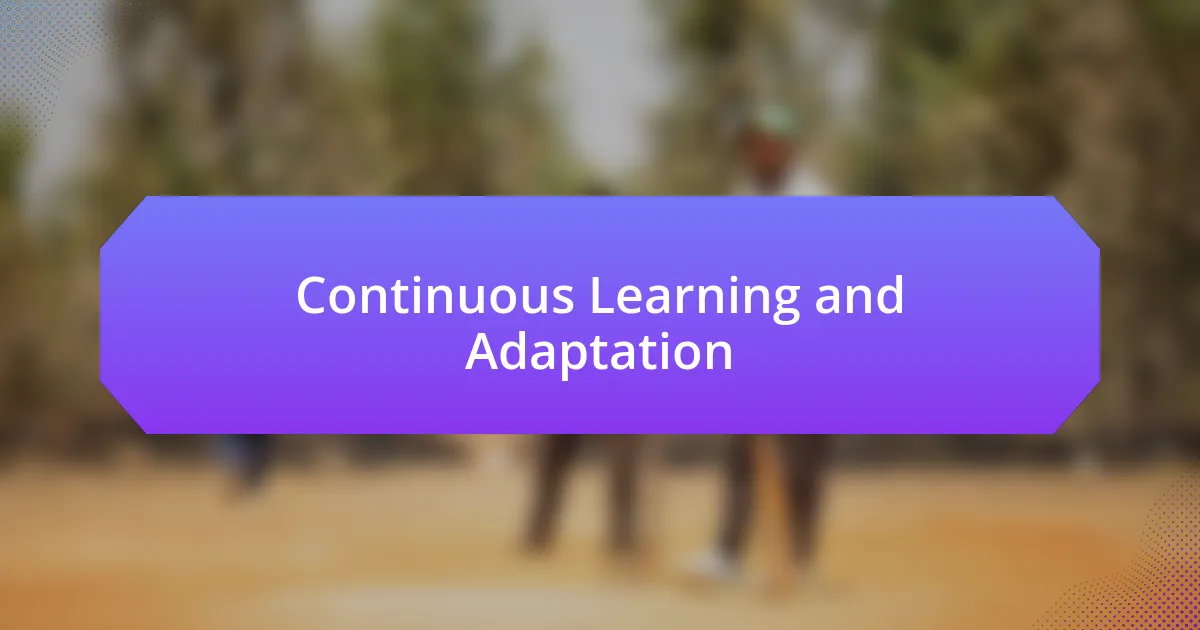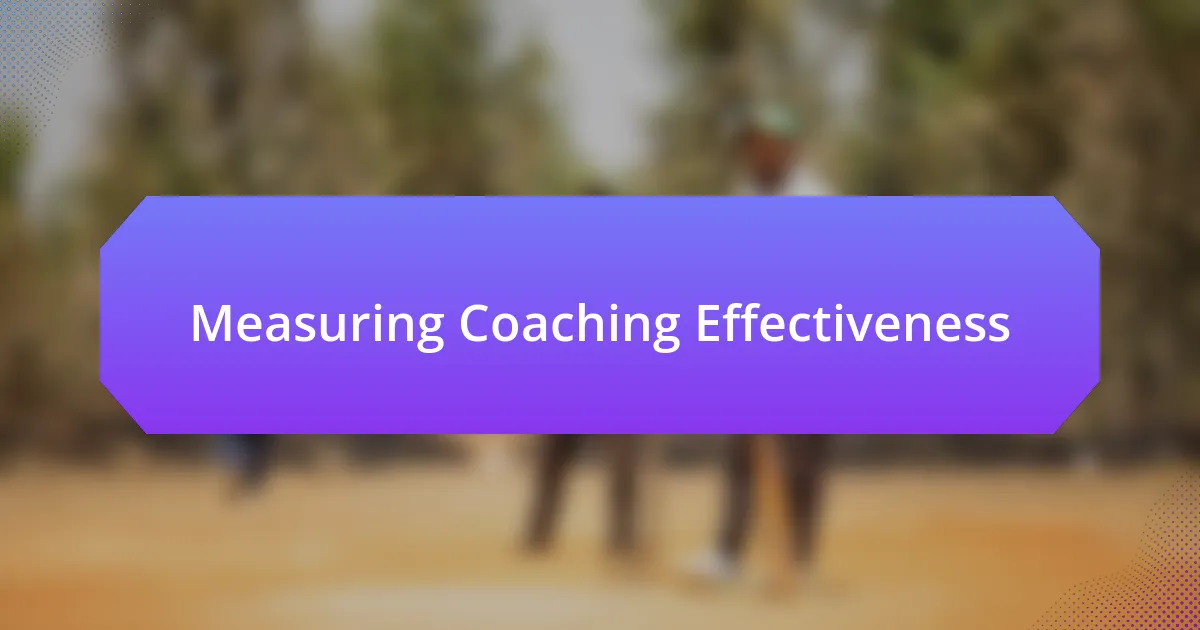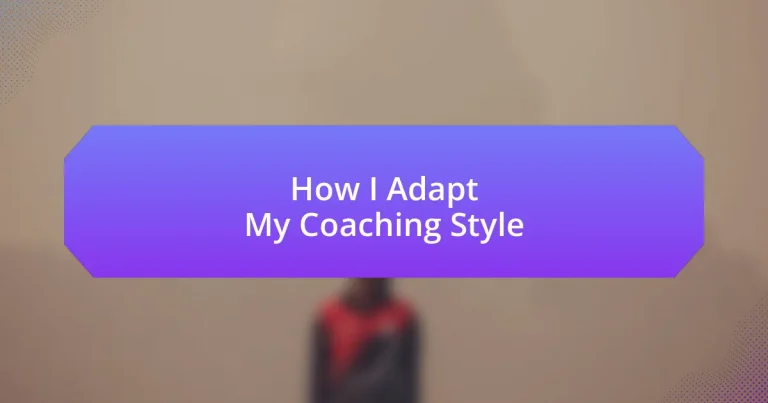Key takeaways:
- Understanding different coaching styles, such as authoritarian and democratic, can enhance team dynamics and foster deeper connections.
- Gathering feedback from athletes and reflecting on personal coaching experiences are essential for identifying strengths and improving coaching effectiveness.
- Assessing clients’ needs through conversations, surveys, and observations enables a tailored coaching approach that supports individual growth.
- Continuous learning and adapting to diverse learning styles significantly impact athlete performance and emotional well-being.

Understanding Coaching Styles
Coaching styles vary greatly, and I’ve found that understanding these differences is crucial for effective coaching. For example, when I first began coaching, I primarily used an authoritarian style, believing it was the best way to achieve results. However, I soon realized that fostering collaboration often led to deeper connections and more sustainable growth.
As I transitioned my approach, I embraced a more democratic style, encouraging team input and valuing everyone’s voice. One memorable moment was when a quiet team member suggested a training drill that turned out to be a game-changer for our performance. This experience made me appreciate how different coaching styles can empower individuals and enhance team dynamics, fundamentally altering the trajectory of our progress.
Have you ever thought about how your coaching style impacts your athletes or team members? I certainly did, and it prompted me to explore various styles, from coaching with empathy to taking a more strategic approach. Reflecting on these experiences not only helped me adapt my style but also taught me the importance of flexibility in meeting the diverse needs of those I coach.

Identifying Your Coaching Strengths
To identify your coaching strengths, I suggest taking a moment to reflect on the feedback you’ve received from your athletes or team members. I’ve learned that listening to their perspectives can reveal a lot about what resonates with them. One time, during a mid-season review, several players pointed out how my ability to remain calm under pressure helped them focus better during high-stakes games. That kind of feedback not only boosted my confidence but also highlighted my strength in creating a stable environment for my athletes.
Here are some steps to help pinpoint your coaching strengths:
- Gather Feedback: Ask your team about what they appreciate most. Their insights can be an eye-opener.
- Analyze Past Successes: Reflect on moments where you felt most effective. What skills or approaches were you using?
- Observe Reactions: Pay attention to how athletes respond to your coaching style. Enthusiastic participation may indicate a strength in motivation.
- Journaling: Maintain a coaching journal to document your experiences and feelings after each session. Patterns may emerge that point to strengths.
- Self-Assessment: Consider your values and skills. Which ones align with how you want to coach?
Finding these strengths can greatly enhance your coaching effectiveness and, in turn, your team’s performance.

Assessing Your Clients’ Needs
Assessing a client’s needs is crucial to tailoring my coaching approach effectively. I often start by having one-on-one conversations to understand their motivations and challenges. For instance, there was a distinct moment when an athlete expressed her fear of failure. By addressing this need directly, we were able to work on strategies that enhanced her confidence, ultimately transforming our sessions into a supportive and empowering experience.
Additionally, I find it valuable to use a variety of assessment tools, such as surveys or questionnaires, to gather more structured feedback. This method allows me to track progress over time and identify any emerging patterns that may need attention. Once, a questionnaire revealed that a player felt overwhelmed by the intensity of training. Adjusting my expectations not only improved her performance but also strengthened our coach-athlete relationship.
Furthermore, observation during practice sessions is invaluable. I pay close attention to how my athletes interact with each other and respond to different training methods. For example, I realized that a particular exercise drained one of my players, so I swapped it out for something more engaging. This simple adjustment made a significant difference, showcasing how keenly assessing their needs can lead to enhanced motivation and skill development.
| Assessment Method | Description |
|---|---|
| Conversations | Directly engage with clients to understand their feelings and concerns. |
| Surveys | Structured tools that allow for gathering comprehensive feedback. |
| Observations | Monitor client behavior and engagement during practice sessions. |

Tailoring Techniques for Client Types
Tailoring my coaching techniques often means adapting to distinct client types, and I find this process rewarding. For example, when I work with a novice athlete, my focus shifts to building their foundational skills with a lot of encouragement. I recall training a young runner who struggled to even complete a mile. By breaking her training into achievable segments and celebrating each small victory, she built not just her stamina but also her confidence.
In contrast, when dealing with experienced athletes, I take a different approach. They often crave challenge and sophistication in their training. A few months back, I mentored a seasoned swimmer who was hitting a plateau. Instead of simple drills, I introduced advanced techniques like stroke analysis and video feedback. It was thrilling to see the spark in his eyes when he finally unlocked the nuances of his performance, reinforcing the importance of being flexible in my coaching approach.
Ultimately, knowing how to adapt my techniques isn’t just a strategy; it’s a commitment to understanding each athlete’s journey. How do you think your own experiences shape the way you coach? For me, each interaction offers unique insights into what works best for different individuals, reminding me that personal connection is at the heart of effective coaching.

Incorporating Feedback for Improvement
Incorporating feedback into my coaching practice is essential for continuous improvement. For instance, after each training session, I make it a point to ask my clients for their thoughts on what worked and what didn’t. Recently, I worked with a group of high school basketball players, and one of them suggested that we include more situational drills in practice. By implementing this change, I noticed a significant improvement in their game awareness and decision-making on the court. It’s fascinating how a simple piece of feedback can lead to a more effective training experience.
I also believe that feedback is a two-way street. During a recent coaching workshop, I received a critique on my communication style. Initially, I felt defensive, but I reminded myself that every perspective can offer valuable insight. I decided to experiment with clearer instructions and found that my athletes responded better—engagement soared, and confusion diminished. This experience taught me the importance of not only soliciting feedback but being open to it as well. Have you ever considered how a shift in your approach can lead to positive outcomes?
In my journey, I’ve realized that the best feedback comes from moments of vulnerability. A few months ago, during a personal training session, a client expressed frustration about her progress. Instead of brushing it off, I encouraged an honest discussion about her feelings and goals. This conversation not only strengthened our relationship but also led me to adjust her training regimen. It’s moments like these that serve as powerful reminders of how incorporating feedback can elevate both my coaching and my clients’ experiences.

Continuous Learning and Adaptation
Continuous learning has been an integral part of my coaching philosophy. Just last month, I attended a coaching clinic where one of the speakers highlighted the importance of adapting our methods to suit different learning styles. It struck me how much I could enhance my impact by diversifying my approach. Have you ever noticed how certain athletes flourish under specific teaching methods? Since then, I’ve been experimenting with auditory and visual elements in my sessions, and the results are undeniable.
Adapting my coaching style isn’t just about switching gears; it’s about fostering an environment where my clients feel comfortable expressing their needs. During a review with a young athlete, he opened up about how he often felt overwhelmed by verbal instructions. Hearing that prompted me to devise more visual aids during our drills. The relief on his face when he understood a concept clearly was priceless. Isn’t it amazing how a simple adjustment can create such a profound effect on someone’s confidence?
Ultimately, I’m always seeking new ways to grow. I regularly read articles and books on coaching techniques, but I also spend time reflecting on my own experiences. Recently, I realized that I had been focusing too much on performance metrics rather than the emotional journey of my athletes. This revelation pushed me to incorporate discussions about goals and feelings into our sessions, which ultimately led to stronger connections and better results. Have you ever thought about how your growth can be intertwined with your athletes’ experiences? It’s a powerful reminder that learning truly never stops.

Measuring Coaching Effectiveness
Measuring the effectiveness of my coaching goes beyond simply keeping track of wins and losses. For me, it includes assessing each athlete’s growth on both skill and emotional levels. Recently, I introduced regular feedback sessions where athletes could share their experiences and self-evaluations. It’s fascinating to see how their perceptions can differ from the objective data I gather.
I recall a moment during one of these sessions when an athlete expressed how much they appreciated the emotional support I provided, which wasn’t captured in the statistics. This insight made me realize that the connection I build with each individual plays a critical role in their performance. How often do we, as coaches, overlook the importance of understanding our athletes’ feelings?
To put a more structured framework around this, I now use a combination of self-assessments and performance reviews, allowing me to analyze both progress and emotional well-being. By marrying quantitative data with qualitative feedback, I can adapt my coaching style even better. This holistic approach not only helps to measure effectiveness but also enriches my relationships with each athlete, reinforcing the idea that how they feel influences their success.














